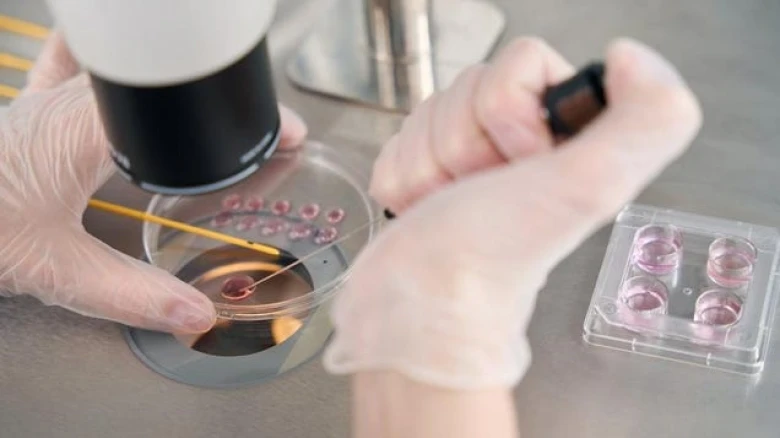Regional

Scientists have developed a synthetic human embryo that has the ability....
Digital Desk: Marking a significant advancement in medical science, scientists have developed a synthetic human embryo that has the ability to provide insight into miscarriage.
A group of scientists from the United States and the United Kingdom has created the world's first synthetic human embryo-like structures, known as embryo models.
These structures, which resemble early stages of human development, were created with the help of stem cells. What makes this discovery even more exciting is the eventual prospect of employing synthetic embryos instead of sperm or eggs.
According to a study published on the preprint server bioRxiv, these stem cell-derived embryo models serve as essential tools for studying developmental processes and intercellular communication during structural alterations that occur after implantation into the uterus.
Also Read: Man sues Facebook for locking his account and receives Rs 41 lakh in penalties
The team, led by Magdalena Zernicka-Goetz of the University of Cambridge, stated that these are not actual synthetic embryos, but rather embryo models.
The goal of the research is not to develop life but rather to save it. The researchers expect that additional research will lead to a better understanding of genetic diseases and the reasons of miscarriage during pregnancy.
"We offer a modular, feasible, integrative model for the human embryo that will enable us to examine important questions of human post-implantation development, a critical window when a significant percentage of pregnancies fail," the yet-to-be peer-reviewed paper read.
There are currently no legal ways to implant these structures into a patient's womb, and it is unknown whether the newly created embryos can survive beyond the first stages of development.
The Francis Crick Institute's head of stem cell biology and developmental genetics, Robin Lovell-Badge, told The Guardian, "The idea is that by accurately modeling normal human embryonic development using stem cells, we can acquire significant information about the early stages of development and possible abnormalities. This enables us to do studies without the use of early embryos."
Magdalena's team has previously succeeded in creating a synthetic mouse embryo without the assistance of male sperm or a female womb. They were able to create an embryo with an operating brain, a beating heart, as well as vital organs.
One of the key goals of this research is to learn more about the causes of miscarriage. The artificial embryos imitate early-stage development within the womb, giving scientists a physical model rather than depending simply on ultrasound scans.
It is vital to highlight that scientists are only allowed to raise embryos in a laboratory for a maximum of 14 days, according to the law.
Leave A Comment